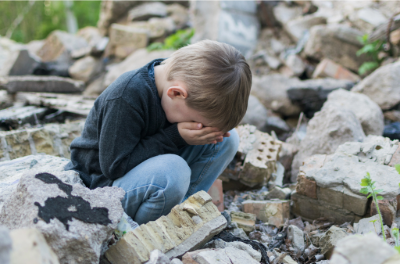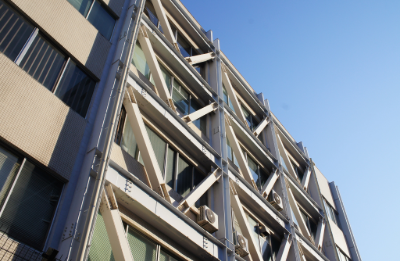Quake-Proof Your Life: Lessons from History
Throughout history, earthquakes have left an indelible mark on human societies, causing widespread destruction and loss of life. While we cannot predict the exact timing or magnitude of future earthquakes, we can learn from past events to better prepare ourselves and mitigate their impact. By understanding the lessons and patterns gleaned from historical earthquakes, we can implement effective preparedness measures that can save lives and minimize damage.
Concrete Measures Derived from Historical Earthquakes: Mitigating Seismic Risks
- ・Strengthening Buildings and Infrastructure: Enhancing the seismic resilience of buildings and infrastructure can significantly reduce earthquake-related damage. This involves implementing stricter building codes, retrofitting existing structures, and adopting innovative seismic design principles.
- ・Elevating Disaster Awareness: Raising public awareness about earthquake risks and educating individuals on appropriate safety measures is crucial. This can be achieved through community outreach programs, educational campaigns, and regular disaster drills.
- ・Building Disaster-Resilient Cities: Implementing disaster-resilient urban planning strategies is essential. This includes measures such as tsunami mitigation, evacuation route development, and strengthening critical infrastructure
- ・Enhancing Information Dissemination: Providing residents with timely and accurate information during earthquakes is paramount. This requires robust communication systems, effective emergency alerts, and clear public messaging.
- ・Fostering International Cooperation: Earthquakes transcend national borders, necessitating the strengthening of international cooperation frameworks. This involves sharing best practices, exchanging disaster response expertise, and supporting vulnerable regions in building resilience.
Earthquake preparedness is not something that should be left solely to the government and homebuilders. There are many things that individuals can do to prepare for and protect themselves from earthquakes.
Furniture Tipping Prevention
- ・Secure furniture with anti-tipping brackets or other appropriate measures.
- ・Avoid placing tall or heavy furniture in areas prone to tipping.
- ・Minimize furniture placement in bedrooms and children’s rooms.
- ・Arrange furniture carefully to avoid blocking exits and ensure safe passage.
Falling Object Prevention
- ・Avoid placing heavy or fragile items on high shelves, such as in cupboards or bookshelves.
- ・Apply shatter-resistant film to glass doors and mirrors to prevent flying shards.
- ・Secure picture frames, ornaments, and other decorative items to the wall to prevent them from falling.
Other disaster preparedness measures
- ・Keep emergency supplies ready, including helmets and masks.
- ・Have a clear understanding of the evacuation shelters and routes.
- ・Discuss with your family what to do in case of an earthquake.
Cultivate a culture of preparedness
Disaster prevention is a matter of individual awareness. It is essential that we all prepare for earthquakes on a daily basis and take precautions to ensure our safety.






